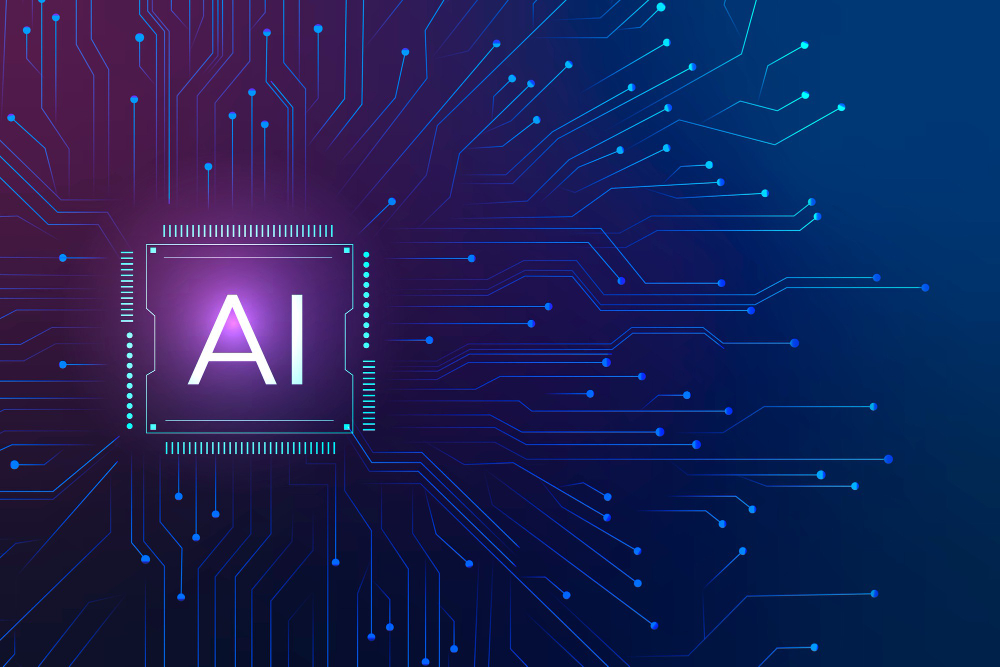Without constant learning and adapting, businesses risk becoming dinosaurs. The world, after all, is in constant flux, driven by the technology needed to help integrate into organisations.
According to a recent (December 2017) report from the McKinsey Global Institute (‘Jobs Lost Jobs Gained’), “Automation will bring big shifts to the world of work as AI and robotics change or replace some jobs but others are created“.
In the UK, 20% of current work activities will be automated by 2030. Some authors claim that as little as 35% of current skills will still be relevant in five years – others put it at even fewer. As the World Economic Forum’s 2016 Future of Jobs report and the OECD also found, AI will take over more and more tasks.
>See also: 5 tips for CIOs leading digital transformation
In such a rapidly changing job market, with new job roles constantly emerging, our jobs, our skills and our knowledge all have an expiration date. What skills, then, should CIOs be looking for in their technology staff?
Firms clearly need strong technical and core coding and programming skills in their technology staff, but these skills are the very skills jeopardised by AI. So how do you future-proof your IT function? Call it a ‘robot takeover’ if you like, but job roles will change, and with it the necessary skills set to keep relevant.
A new skills taxonomy
An answer seems to be emerging that while not everybody will be in need of hardcore programming knowledge, everybody in the workplace of tomorrow will need to have skills complementary with digital technology. And that’s true even for those programmers – as along with programming, people and knowledge working skills associated with the cloud, mobility, big data, IoT, blockchain will also be key.
In parallel, other sorts of hitherto unappreciated, non-technical skills will finally be recognised – think leadership, participatory management, emotional intelligence, social and environmental responsibility. At Google, expertise ranks only fifth among hiring criteria – personality counts, and soft skills are a major factor in their recruitment process.
Hence the emergence of the concept of computational thinking (CT). In CT, the focus is on the human whose thinking and learning is enhanced by the machine – a perfect example of the sort of new complementary technology skills your technology team need.
>See also: In the digital age: The CIO as a boardroom influencer
That’s because it is useful not only to understand what IT does – i.e., the functioning of algorithms, the way a computer can learn from the data it gets, the limits of computation and so on – but also to shape what the human does, such as preparing a relevant data set for machine learning tasks, dividing a problem in useful chunks resolvable for a smart algorithm, detecting configurations where automation and parallelisation can be introduced, designing in a fully born digital fashion, and so on.
Interestingly, political leaders are beginning to make this new skills agenda a specific policy goal. The US, for instance, is among the early adopters of such a forward-looking approach, with its National Research Council working intensively on CT. Major US university Carnegie-Mellon has its Microsoft-sponsored Center for Computational Thinking that provides seminars, workshops, research activities on computational thinking in any domain of life, too.
On this side of the Atlantic, leading European Higher Education institutions are also going this way, led by Switzerland’s Federal Institute of Technology in Lausanne, which has introduced dedicated Computational Thinking lessons in all entry level courses – and that’s across all disciplines. In the private sector, and globally, Google is pushing for the democratisation of CT at early years to 12 in education, and is already providing a variety of teaching material to educators.
The reality of how people learn
This approach has to be all about the user experience, so as to encourage learners to develop all their skills to their full potential and to future-proof their careers. To help, CIOs need to start demanding their teams take dedicated time out for education. They need to make the right skills a focus of their continuous learning programmes, plus finally get away from the old top-down approach.
>See also: Technology predictions for 2018 – the CIO will lead the way
That’s because – reflecting the reality of how people, especially youngsters, learn, enhanced and in short micro (even nano) bursts, always available remotely, and at the learner’s convenience and own pace – is how the world of business needs to make training.
Under the CT model, scheduling fixed hours in a classroom is redundant. Instead, think more learning in a coffee break, in your car or while at the gym. In addition, in the ‘kid/adult’ age, incorporating Quiz, Battle & Ranking features definitively increases uptake and engagement. For one of Coorpacademy’s customers, TOTAL, that means round the clock learning has the advantage of being easily accessible to its community, with users finding it not just engaging, but fun. It’s intuitive and because it’s short, you can do a couple of sessions when you’ve got a bit of spare time or during your lunch break, is just one positive response to a learner-led direction of travel.
To sum up, the lesson from computational thinking approaches to learning has to be that CIOs need to become more soft-skilled oriented, while business in general needs to make such skills a focus of their learning courses.
Sourced by Jean-Marc Tassetto, co-founder of Coorpacademy – a user-centric corporate digital learning platform. Its innovative solutions develop employees’ acculturation and digital and soft skills, as well as boosting their engagement and employability as well as offering a gamified learning environment – and former CEO of Google France










